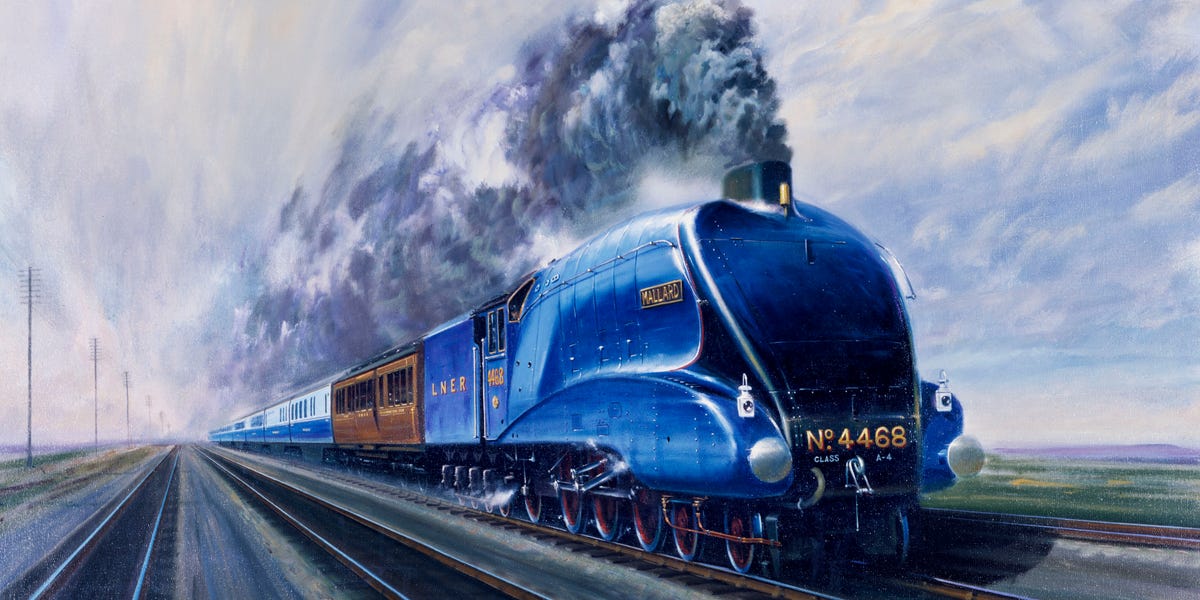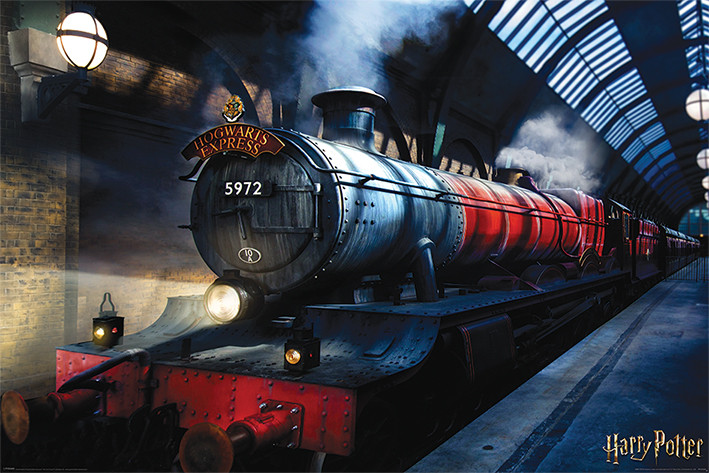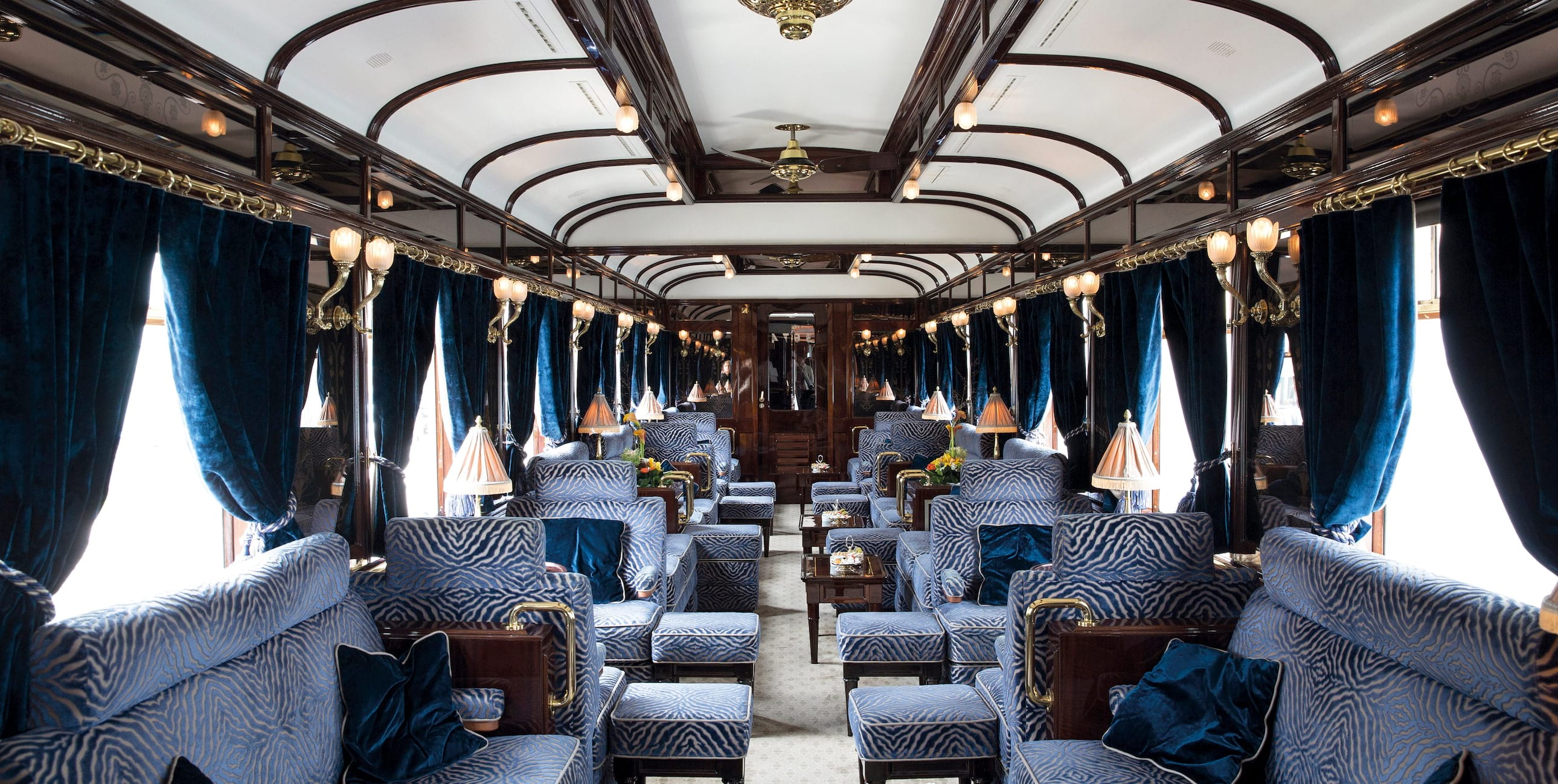Today’s Time TableMorning
Maths: AM and PM
Sequencing times
Literacy: using a comma to add a subordinate clause
Maths
We are going to play two more time related games today. We are developing our understanding of AM and PM times as well as sequencing different times in the right order. These games are designed to build our recognition skills and help us start reasoning about reading the time.
Username: misterswallow |
Password: swallow48 |
Click me to play game 1
You will need to type the correct one of these in today’s second challenge so have a quick practise at spelling them correctly!!!
Click me to play game 2
Literacy
Today, we are going to recap our third skill of the week. Yesterday, we looked at using conjunctions to add extra information to a sentence. This extra information has a special name: a subordinate clause.
Mr Swallow is a teacher but he is daft!
Main clause conjunction subordinate clause
Today, we are going to use a different way of adding a subordinate clasue to our sentences. We are going to use a comma.
Mr Swallow is our teacher, he is silly.
Now let’s try this in some writing. Here is The Mallard, a really famous and very handsome train. We are going to be finding out about more important trains this afternoon so let’s see how we could use this new skill to discuss the picture. (Keep your eyes peeled for some useful topic vocabulary you could pinch from me for your own writing!!!)

The Mallard is a very well-known train, it is painted a very distinctive shade of blue! It has a sleek shape, kind of like a speeding bullet! It is enormous and looks very impressive. I have seen lots of pictures of The Mallard, I would love to see it in real-life.
Hopefully, you can see where i have used a main clause (the main idea of the sentence) and then used a comma to add a subordinate clause. You will also see that I left a sentence in there where I DID NOT use our new skill. Like anything else, if you use something too much it isn’t as effective!
Activity
Can you write your own sentences describing The Mallard? Use the skill of adding extra information to a sentence by using a comma and then a subordinate clause.
Now try and do the same for these other distinctive trains…
Stevenson’s Rocket (the first-ever train)
The Bullet train (world’s fastest!)

The TGV (a French high-speed train)
/TGV-train-in-Paris-585d30605f9b586e02d45e10.jpg)
The Hogwarts Express (The famous train that takes Harry Potter to school!)

The Orient Express (the most luxurious train in the world!)

Topic
Reading skills: Inference.
We don’t need a written text to practise our reading VIPERS skills. Lets work on our inference skills using a video…
Inference means getting meaning from a text that isn’t necessarily written down on the page (or in this case, said in the video!) We have to use our own experiences to give meaning to the text. In this example, lets explore what we INFER about Harry’s feelings in the scene, without even thinking about it!
Can you explain how you think Harry is feeling at these points in the scene:
-
When Hagrid hands him his train ticket and leaves him in the station
-
When Harry is looking for platform 9 3/4
-
When Harry sees the eldest Weasley brother walk through the wall!
-
When Harry has to go through the wall himself
-
When Harry first sets eyes on the Hogwarts Express!
Topic 2
Going on a train journey is a really exciting thing to do.
-
There are special sensations (the sounds of the engine and the smell of the steam)
-
There is a sense of excitement (Getting your luggage on board, finding your seat, people rushing around, the conductor blowing his whistle!)
-
The feeling of movement on the journey (the rocking motion on the carriage, the ‘clickety clack’ of the wheels on the rails, seeing the landscape rushing by and shooting suddenly into pitch, black tunnels!)
-
The anticipation (where are you going, what will it be like? Will you know where to go? What will you be doing?)
This afternoon, we will look at special trains and the special journeys that they go on! I would like you to choose one of the trains (or one of your own) that we saw pictures of this morning.
Will you choose a high-tech, high-speed race across Japan on the bullet train?
Will you be like Mrs Sykes and journey in the lap of luxury on the Orient Express?
Maybe you want to join Harry Potter on the Hogwarts Express!
Or, are you the sort of adventuror who would be brave enough to ride the first ever train, the Stevenson’s Rocket, on a bone-shaking ride infront of a crowd of amazed people?
You are going to tell me all about the special journey you are going to go. I want you to include:
- Arriving at the platform and seeing the train for the first time (Give me a detailed description of the train so you can show off your sentence skills from this morning)
- Use your senses (capture the hustle and bustle of the busy platform, getting on and finding your seat…let us know what you are thinking like we did with Harry Potter)
- The journey (Can your vocabulary capture the movements of the train and the feelings of anticipation of seeing your destination. Can your words paint a picture of the scenery rushing past your journey?)
- The arrival (End your story as the train pulls into your station, maybe tell us who and what you see that tells us about your location. Have your step off the train as the last line of your story!)
Write your story in your best handwriting in your topic book, THIS IS THE LAST PIECE OF WRITING YOU ARE DOING BEFORE RETURNING TO SCHOOL SO MAKE IT A GOOD ONE! Present it to the best of your ability, proof-read your work. You could even add an illustration of you seeing the train for the first time!


